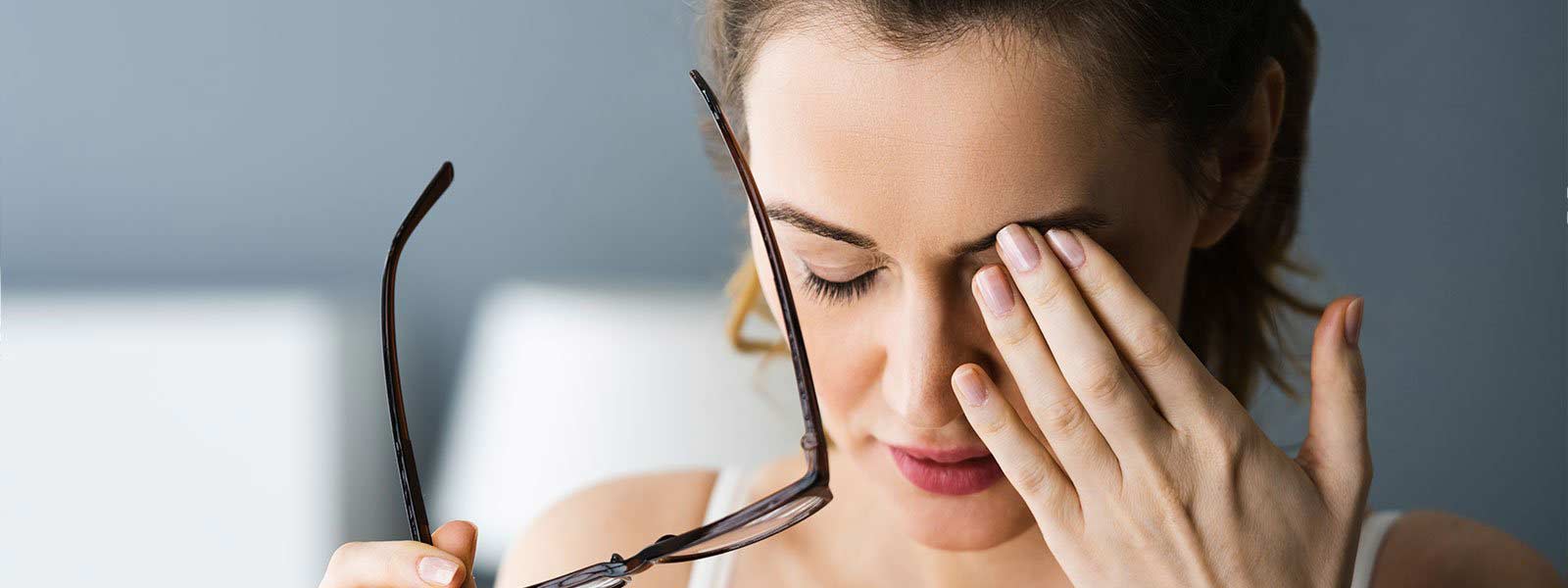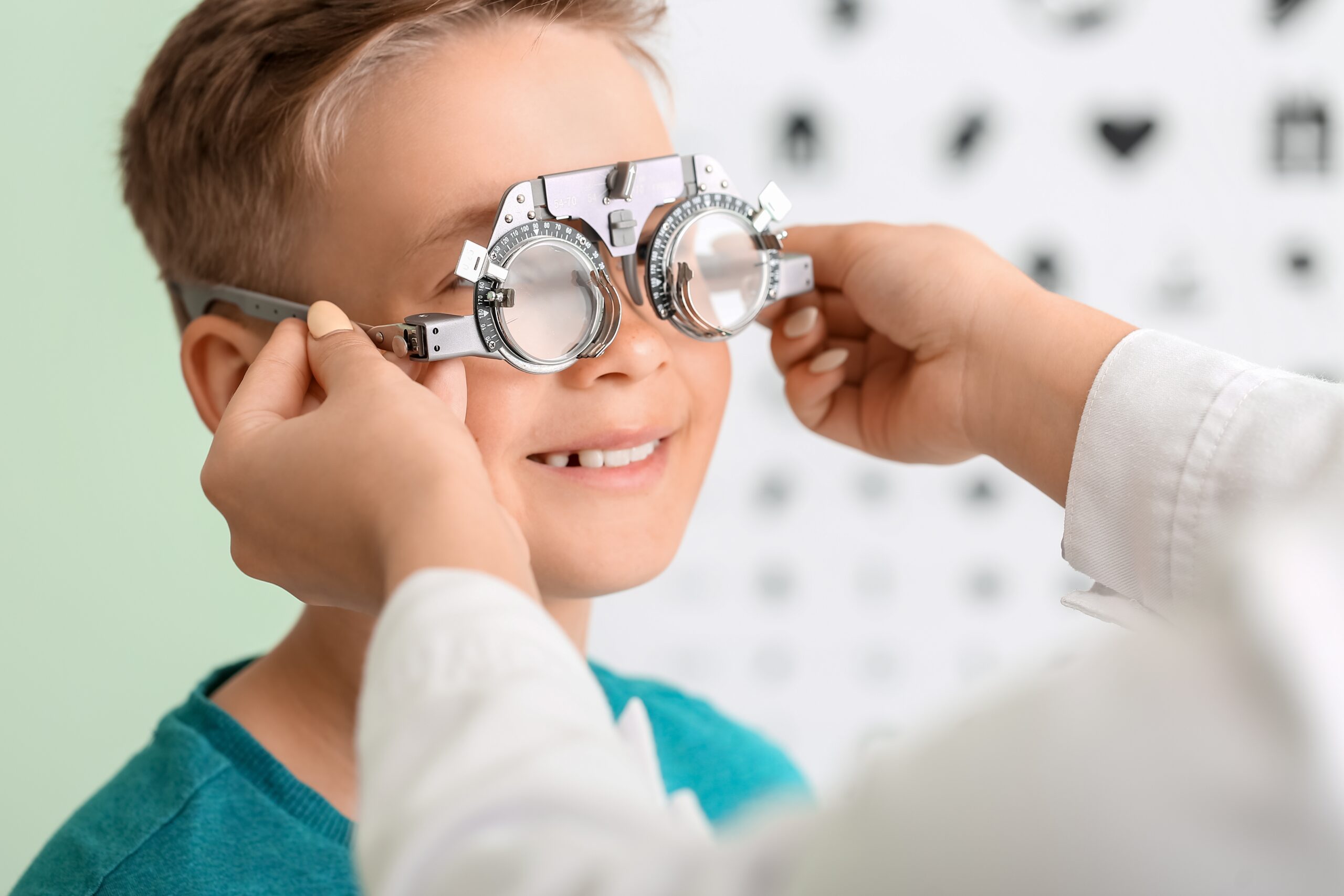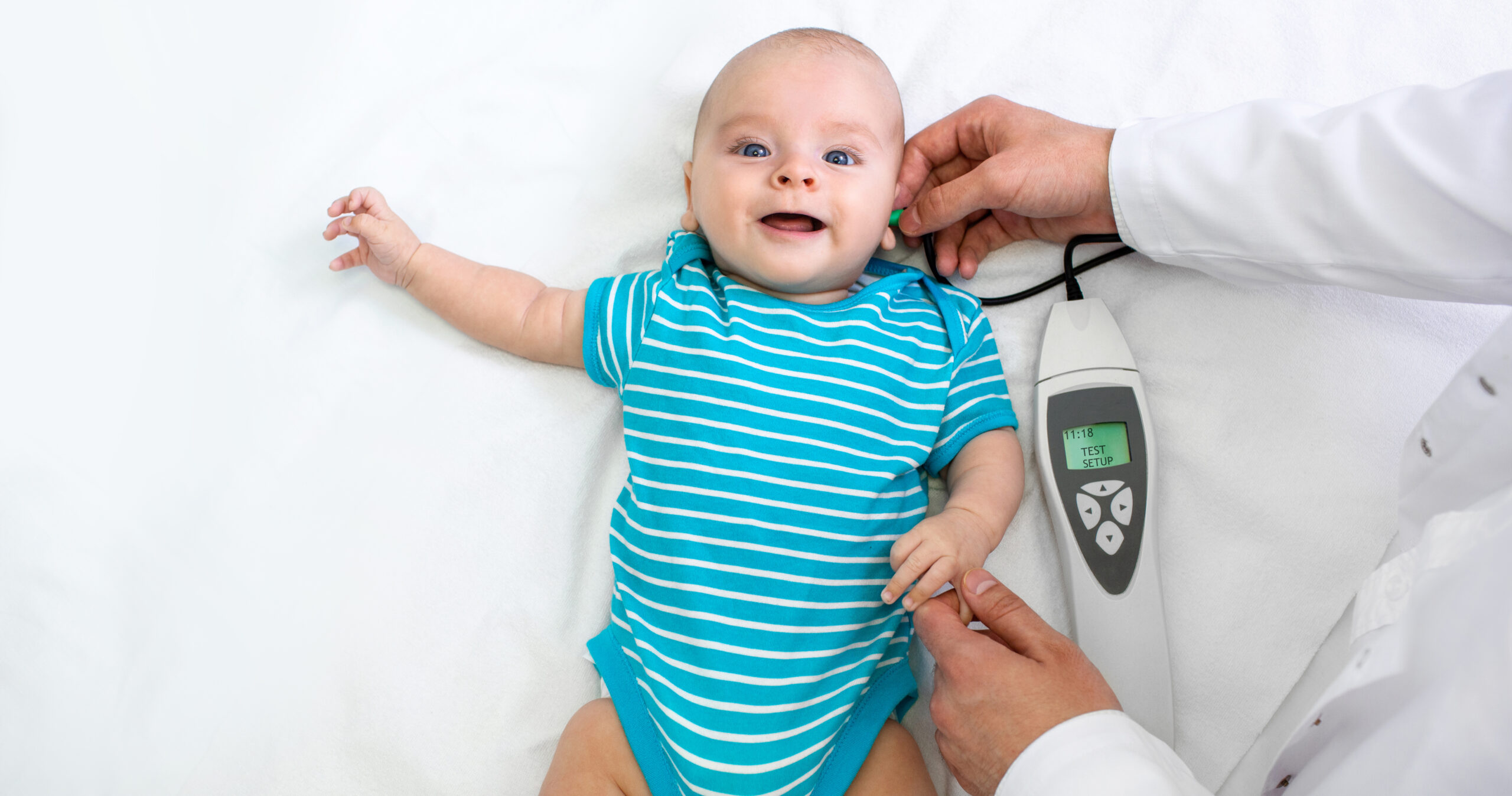The Best Treatments to Get Rid of a Stye

A stye (spelled STYE, not STY like where the pigs live) is a usually harmless but irritating bump on your eyelid. In most cases a stye will go away on its own, but there are several treatments that can help get rid of a stye, or make it feel better until it goes away.
What Causes a Stye?
We all have bacteria on our face and around our eyelids, which is usually harmless, but when the oil glands near our eyes become clogged they get infected or inflamed. This is typically what causes a stye to form on or near the eyelid. Some people may also have a small mites known as Demodex which can cause blepharitis and irritation to the eyelid and ultimately create the environment for a stye to form.
How to Treat a Stye at Home
Unfortunately, there is no magic stye treatment to make it disappear overnight but there are some home remedies to help relieve irritation and speed up recovery time.
- Warm Compress – Soak a clean washcloth in warm water and apply to the affected eye to help open up the blocked oil gland.
- Pain Medicine – Over the counter medication can help you manage the discomfort so you can let the stye heal itself.
- Keep it Clean – Use a mild soap such as baby shampoo or face cleanser to keep new bacteria away.
- Leave it Alone – It’s tempting, but don’t rub, squeeze or try to pop a stye. This will only introduce more bacteria from your hands and could cause the infection to spread.
- Go Natural – If possible, avoid wearing eye makeup to allow the oil glands to stay clear and open.
- Wear Your Glasses – Contact lenses can introduce more bacteria around the eye so it’s wise to wear your glasses until the stye goes away.
How to Get Rid of a Stye
More often than not, a stye will go away on its own. If you’ve tried at home stye treatments or if you get frequent styes, your doctor may step in with some suggestions.
- Antibiotics – If you have multiple or frequent styes, antibiotic pills or ointments can help attack the infection and get rid of the stye.
- Steroid Injections – Steroids can reduce inflammation and scar formation when injected directly into the stye, you’ll likely feel relief within a couple of days.
- Surgery – Surgery is sometimes necessary to remove a stye, but if your vision is impaired, if an infection becomes aggressive, or if other stye treatments don’t work your doctor may drain or surgically remove the painful bump on your eyelid.
How Long Does a Stye Last?
With proper care and treatment a stye will likely go away on its own in a few days, but could take up to a few weeks to fully heal. If your stye doesn’t go away after a few weeks or if it gets worse, you may have a chalazion which is not a stye, but can be caused by one. A chalazion is a stye that does not go away and is usually full of blocked oil and scar tissue. These are typically better treated with a quick procedure in the office. It’s important to make an appointment to talk to your doctor to discuss all stye treatment options, and learn how to prevent future infections.


